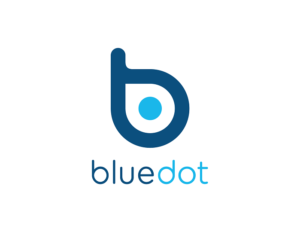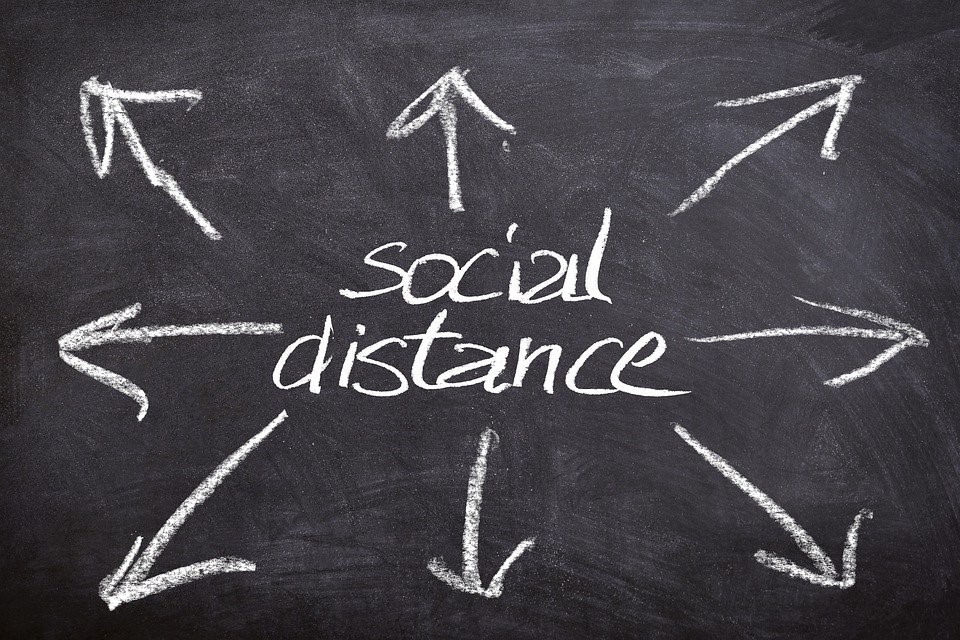AI and coronavirus: The BlueDot and Nanox cases

We all know that IT and AI continuously evolve and have greater effects on many different industries. Big changes are running along with them. But what does IT and AI are actually doing right now for the world when we face the biggest global-scale crisis since WW2? Are they building something tangible and perdurable for humanity? Can we see their results?
The answer is yes. And the best example is the startup BlueDot, based in Toronto. The company found out about the potential spread of the now much-feared virus, COVID-19, way before the whole world started talking about it. On December 31, BlueDot identified the outbreak in Wuhan; many hours after, even the authorities diagnosed many cases. So, basically, the startup team confirmed the information and informed their clients that very same day, a week before the international health organizations and the Chinese government made official statements.
Because of this, BlueDot got their hands and heads to work before the rest of the world. This shows how vital AI companies are, and could be in understanding the danger potential of viruses and pandemics, and to take preventive measures as quickly as possible.
Machines can be trained to process massive amounts of data just as a medical expert does it, with the little difference that a machine doesn’t need to rest and is faster. That means the process is way more replicable and efficient. Thus, medical experts can focus on interpreting the data and finding solutions and making decisions based on them.
But this startup is just one of the hundreds of companies devoted to the cause.
 One of the other top examples is Nanox, a medical technology company based on Israel. The company is developing to main products regarding X-Ray tests to fight coronavirus.
One of the other top examples is Nanox, a medical technology company based on Israel. The company is developing to main products regarding X-Ray tests to fight coronavirus.
First, they developed an X-Ray mobile digital system that uses software based on an AI cloud to point out cases of infections to help prevent outbreaks. So, basically, to get better diagnoses, Nanox mixed a large amount of photos databases, crossing them with radiologist medical opinions and studies, annotations, diagnostic reviews, and AI systems. The result is a system that gives swifter, more accurate potential results.
To complement this first tool, Nanox is creating an X-ray device, designed to supply tomographic images of lungs. Their goal is to install the machine in public spaces with large concentrations of individuals.
Both systems are mobile imaging devices that are pretty much low-cost. The company is seeing an influx of investment of funds that are aiming at the potential AI tools have of preventing pandemics. AI can detect diseases immediately, meaning they are faster than regular testing. The best strategy against coronavirus has been widespread testing to isolate asymptomatic and mild cases quickly, which are the ones that infect more people. This is the path Germany and South Korea have taken, and they’ve been able to control the number of cases and the mortality rates.
The role that technology is playing to prevent coronavirus is unparalleled. Artificial intelligence can help medical professionals in identifying the spread of the disease and get better diagnoses swiftly.







